45 labels under hazard communication are the same as always
29 CFR § 1910.1200 - Hazard communication. | CFR | US Law | LII … 01/03/2015 · A.0.4.1 For most hazard classes, the recommended process of classification of mixtures is based on the following sequence: (a) Where test data are available for the complete mixture, the classification of the mixture will always be based on those data; (b) Where test data are not available for the mixture itself, the bridging principles designated in each health hazard … About List N: Disinfectants for Coronavirus (COVID-19) | US EPA May 24, 2022 · A locked padlock) or https:// means you’ve safely connected to the .gov website. Share sensitive information only on official, secure websites.
Hazard Pictograms (GHS Symbols) | Creative Safety Supply 18/09/2017 · When it comes to designing a hazard warning, there are two crucial rules that must always be considered: The warning has to be immediately evident. While a detailed paragraph explaining the hazard would offer a more thorough warning, reading all that text would waste valuable time -- time people may not have during an emergency.

Labels under hazard communication are the same as always
eCFR :: 29 CFR 1910.1200 -- Hazard communication. (d) And data on toxicity for A and C are available and substantially equivalent; i.e., they are in the same hazard category and are not expected to affect the toxicity of B; then . If mixture (i) or (ii) is already classified based on test data, the other mixture can be assigned the same hazard category. A.0.5.1.6 Aerosols. Hazard Communication - Guidance For Hazard Determination Hazard determination is the critically important first stage in the process of establishing an effective hazard communication program. The process of hazard determination consists of four basic steps. These are: Selection of chemicals to evaluate; Collection of data; Analysis of the collected data; and §5194. Hazard Communication - California Department of ... Sep 28, 2018 · (1) This section requires manufacturers or importers to classify the hazards of chemicals which they produce or import, and all employers to provide information to their employees about the hazardous chemicals to which they may be exposed, by means of a hazard communication program, labels and other forms of warning, safety data sheets, and information and training.
Labels under hazard communication are the same as always. BRIEF - Occupational Safety and Health Administration The same product identifier must be both on the label and in section 1 of the SDS. • Signal Words are used to indicate the relative level of severity of the hazard and alert the reader to a potential hazard on the label. There are only two words used as signal words, “Danger” and “Warning.” Within a specific hazard class, “Danger” Safety Signs and Labels – OSHA Compliant and Specifications In the workplace, OSHA’s Hazard Communication Standard requires that each container of hazardous chemicals is labeled, tagged or marked. The identity of the hazardous chemical and appropriate hazard warnings, words, pictures, symbols must provide at least general information regarding the hazards of the chemical. Signs, placards, process ... 1910.1200 - Hazard Communication. | Occupational Safety and ... Any food, food additive, color additive, drug, cosmetic, or medical or veterinary device or product, including materials intended for use as ingredients in such products (e.g., flavors and fragrances), as such terms are defined in the Federal Food, Drug, and Cosmetic Act (21 U.S.C. 301 et seq.) or the Virus-Serum-Toxin Act of 1913 (21 U.S.C. 151 et seq.), and regulations issued under those ... Understanding the NFPA 704 Diamond Labeling System 0 – Chemicals in this level pose no health hazard and do not require any protection methods. Chemicals like water and others that are entirely safe under normal use can be labeled with a zero in this category. 1 – Level one for the health hazard category is for any chemical that will only cause mild irritation or injury due to exposure. In ...
Update on Omicron - World Health Organization 28/11/2021 · On 26 November 2021, WHO designated the variant B.1.1.529 a variant of concern, named Omicron, on the advice of WHO’s Technical Advisory Group on Virus Evolution (TAG-VE). This decision was based on the evidence presented to the TAG-VE that Omicron has several mutations that may have an impact on how it behaves, for example, on how easily it spreads or … Cleaning and Disinfecting Your Facility | CDC 15/11/2021 · Always follow the directions on the label to ensure safe and effective use of the product. The label will include safety information and application instructions. Keep disinfectants out of the reach of children. Many products recommend keeping the surface wet with a disinfectant for a certain period (see “contact time” on the product label). Check the product … Sample Hazard Communication Program Date: [Type the date of last review] As required by California’s Hazard Communication (HazCom) Regulation (T8 CCR 5194), our company has developed this Hazard Communication Program, which we implement and maintain as an important component of our Injury and Illness Prevention Program (T8 CCR section 3203) to enhance our employees’ health and safety. Hazard Communication | Occupational Safety and Health ... 26/03/2012 · All employers with hazardous chemicals in their workplaces are required to have a hazard communication program, including container labels, safety data sheets, and employee training. Generally, under the final rule, these obligations on manufacturers, importers, and employers remain, but how hazard communication is to be accomplished has been modified. …
§5194. Hazard Communication - California Department of ... Sep 28, 2018 · (1) This section requires manufacturers or importers to classify the hazards of chemicals which they produce or import, and all employers to provide information to their employees about the hazardous chemicals to which they may be exposed, by means of a hazard communication program, labels and other forms of warning, safety data sheets, and information and training. Hazard Communication - Guidance For Hazard Determination Hazard determination is the critically important first stage in the process of establishing an effective hazard communication program. The process of hazard determination consists of four basic steps. These are: Selection of chemicals to evaluate; Collection of data; Analysis of the collected data; and eCFR :: 29 CFR 1910.1200 -- Hazard communication. (d) And data on toxicity for A and C are available and substantially equivalent; i.e., they are in the same hazard category and are not expected to affect the toxicity of B; then . If mixture (i) or (ii) is already classified based on test data, the other mixture can be assigned the same hazard category. A.0.5.1.6 Aerosols.
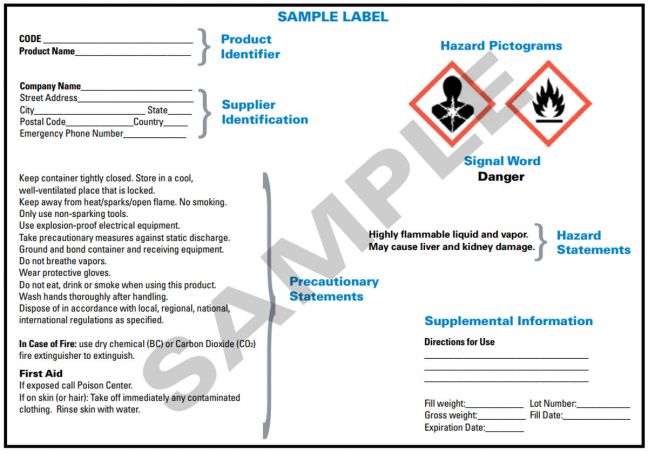

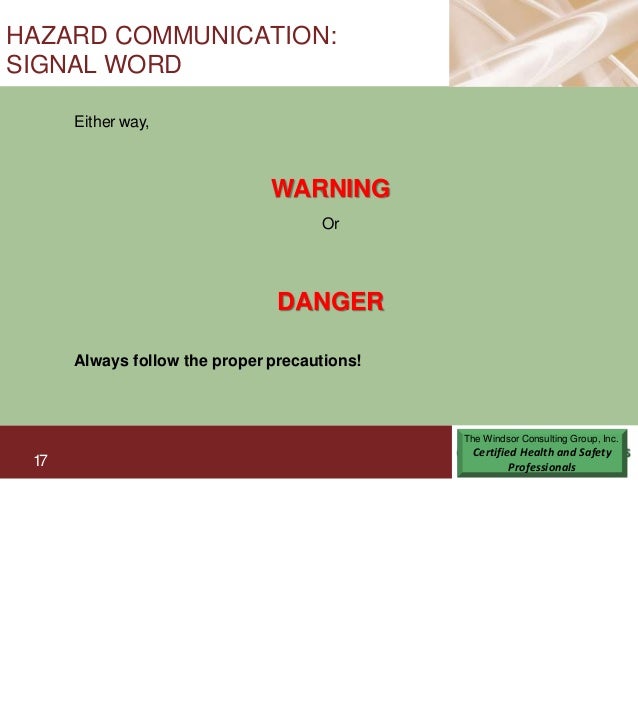
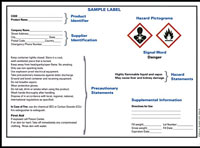



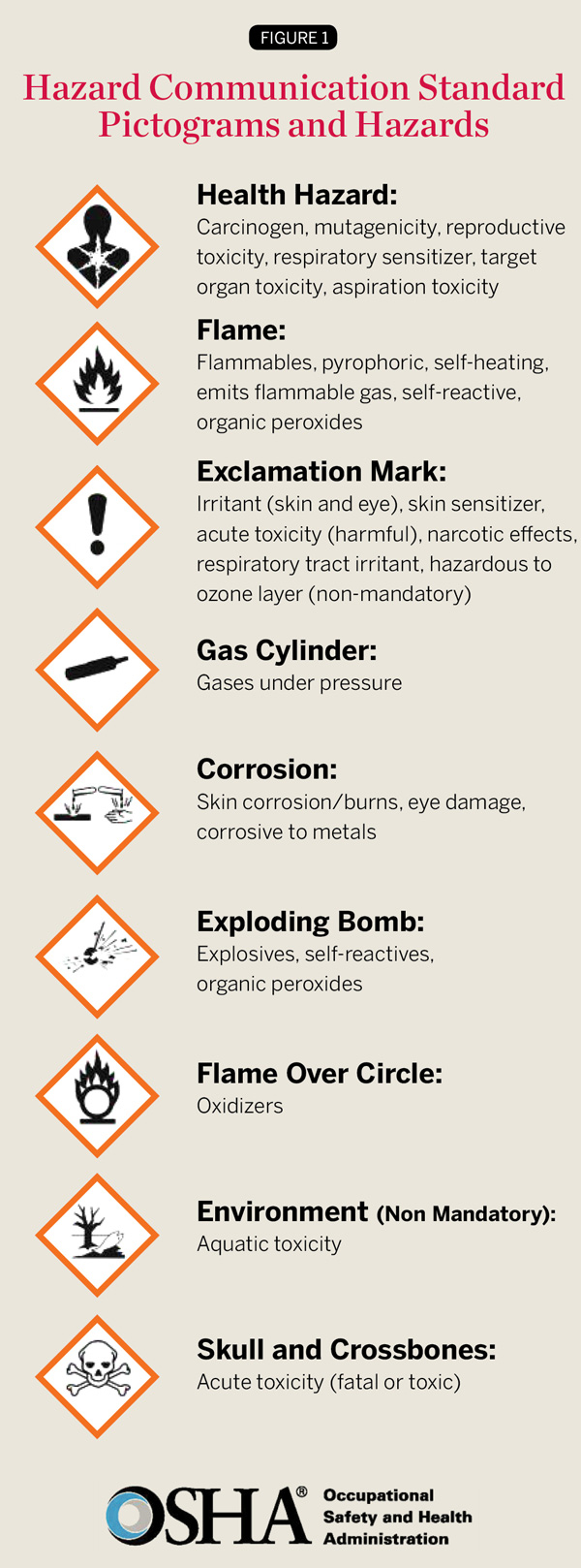
![New OSHA Hazard Communication Regs [What Employers Need to Know]](https://www.hni.com/hs-fs/hub/38664/file-31592697-jpg/images/oshahazardcommunicationstandardpictograms2.jpg?width=350&height=480&name=oshahazardcommunicationstandardpictograms2.jpg)
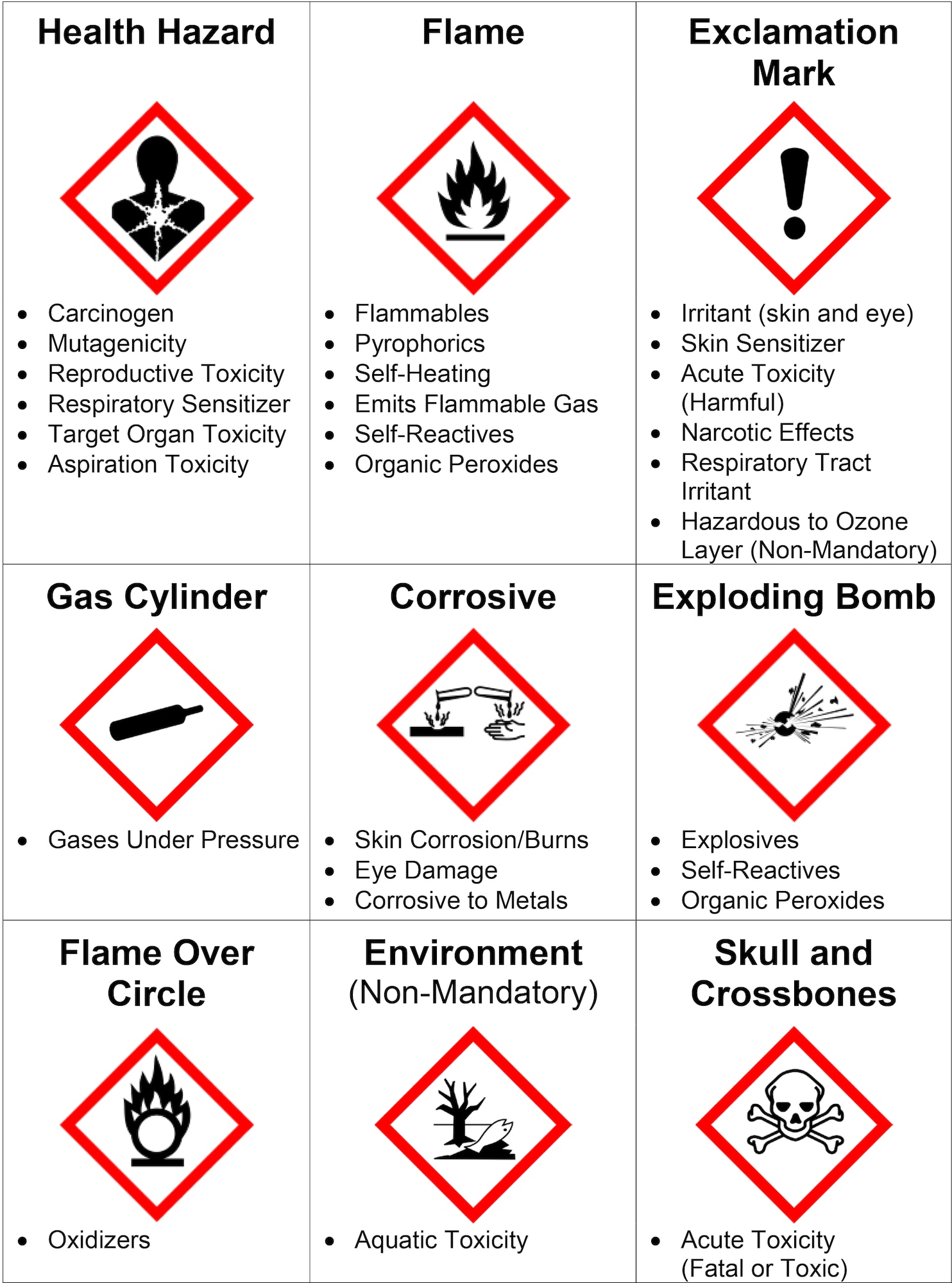
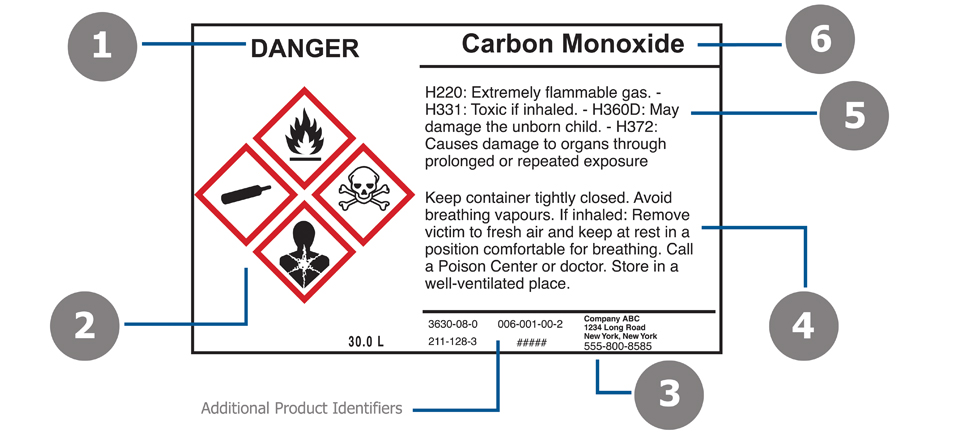
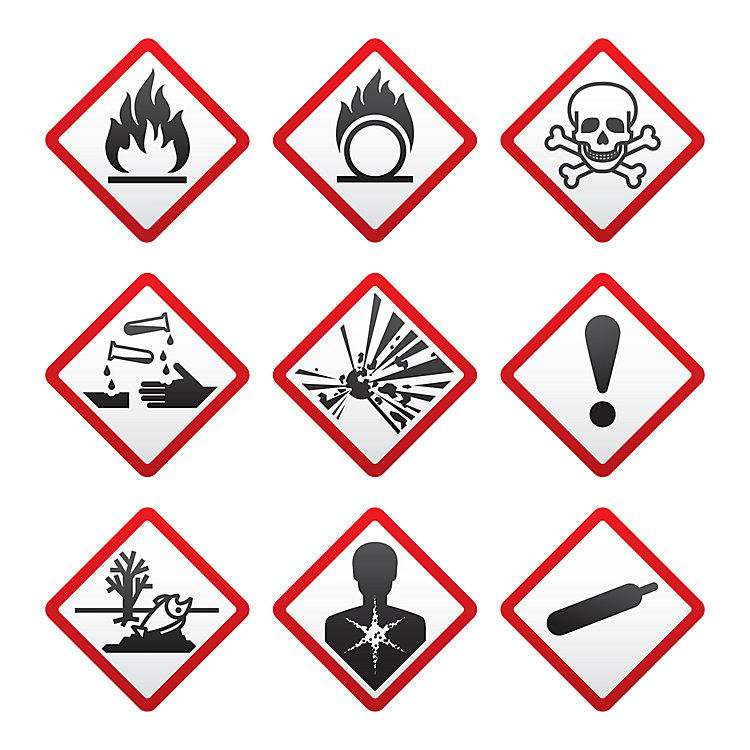
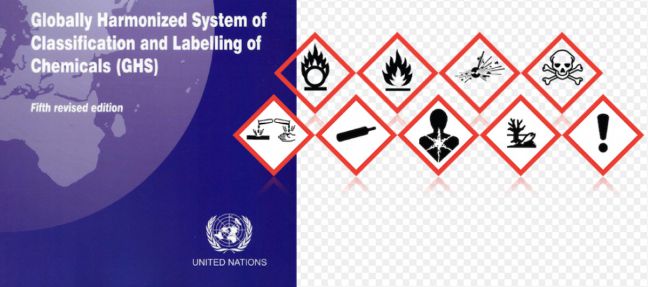
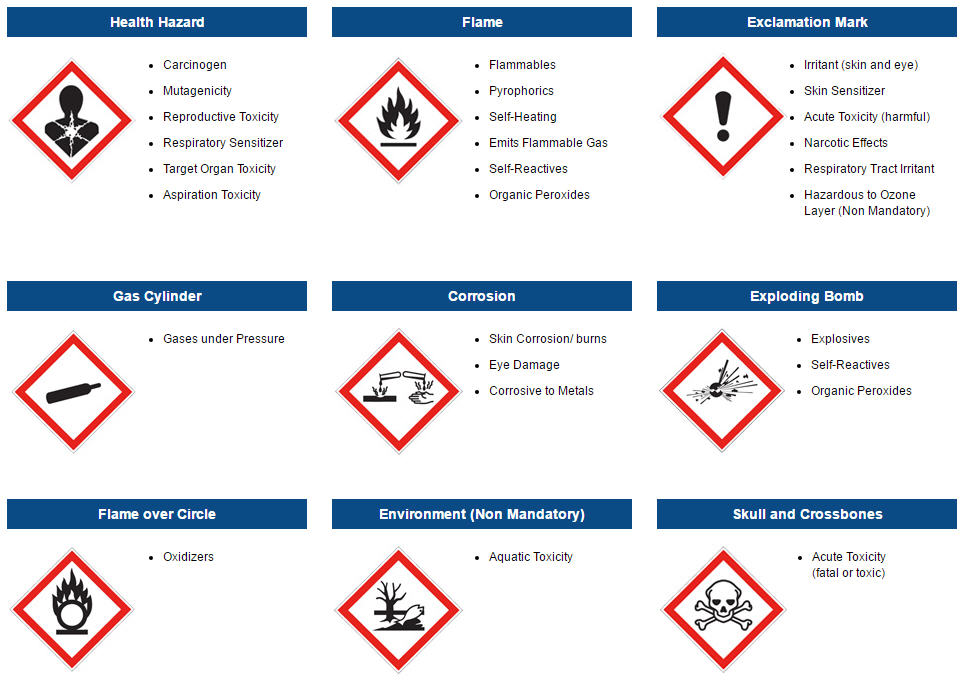

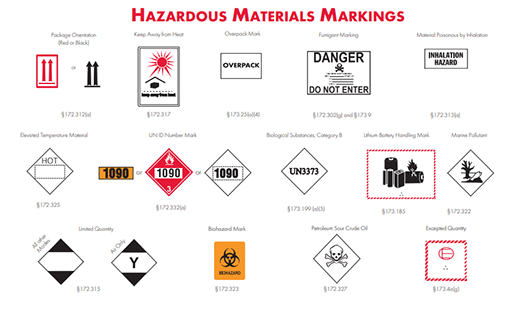
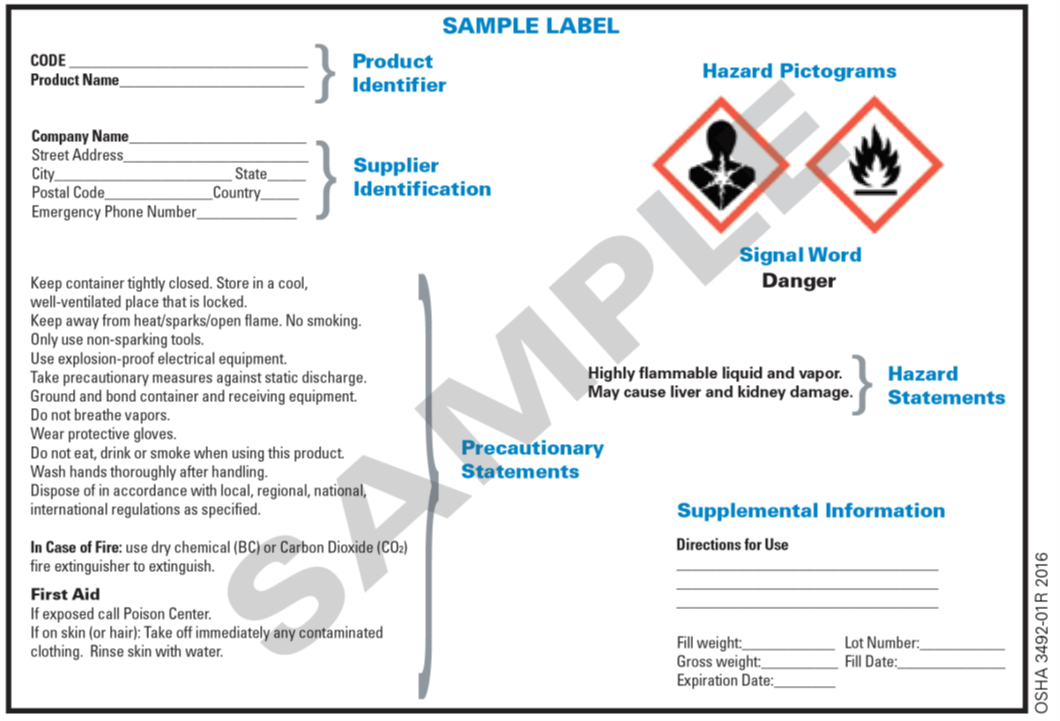
.jpg?width=320&name=ghs-1%20(1).jpg)
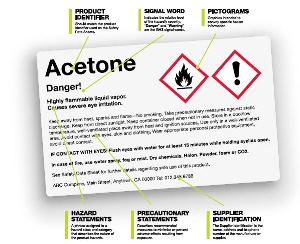

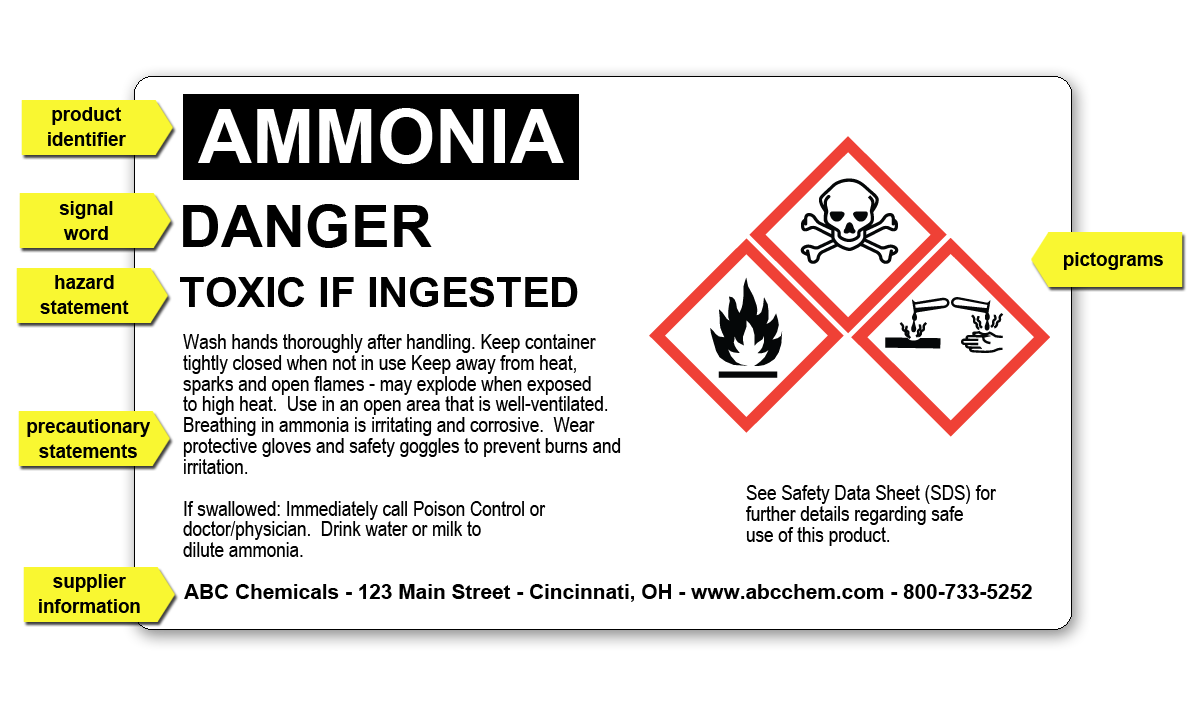


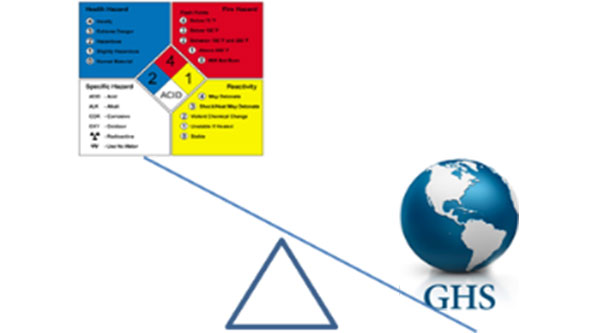
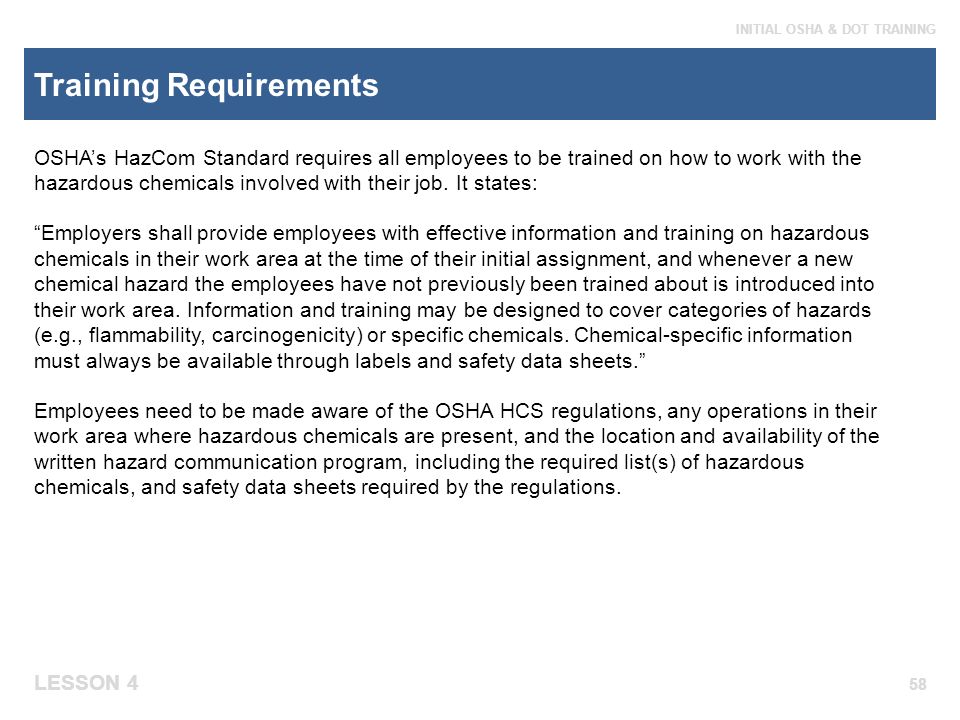


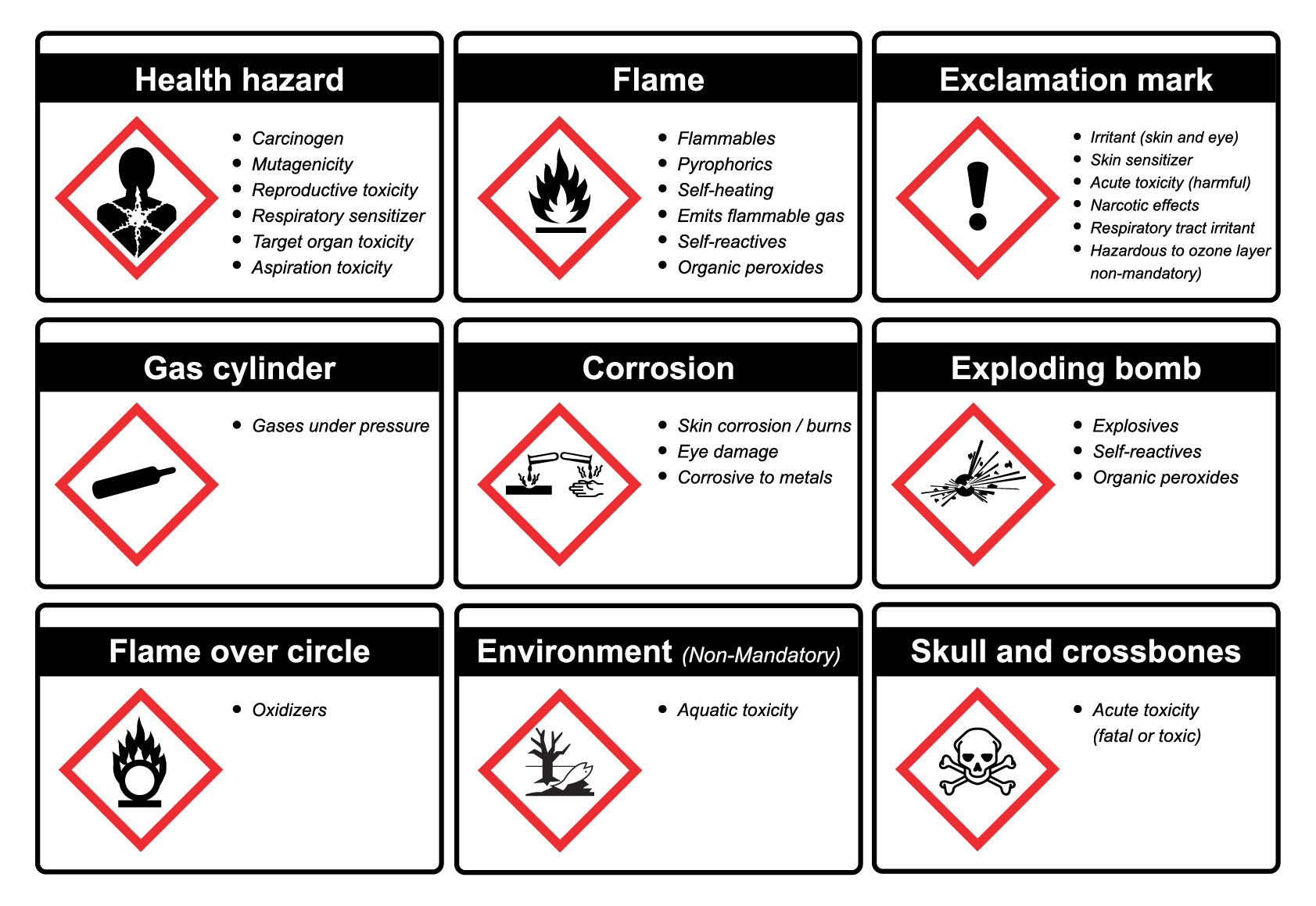
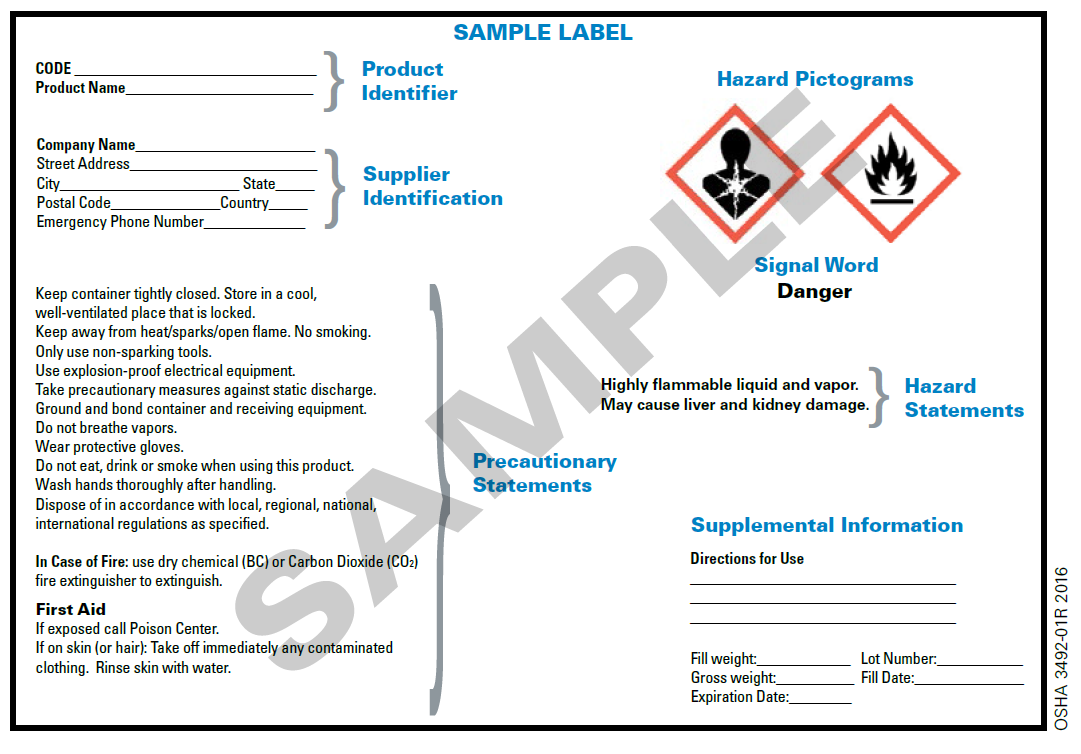

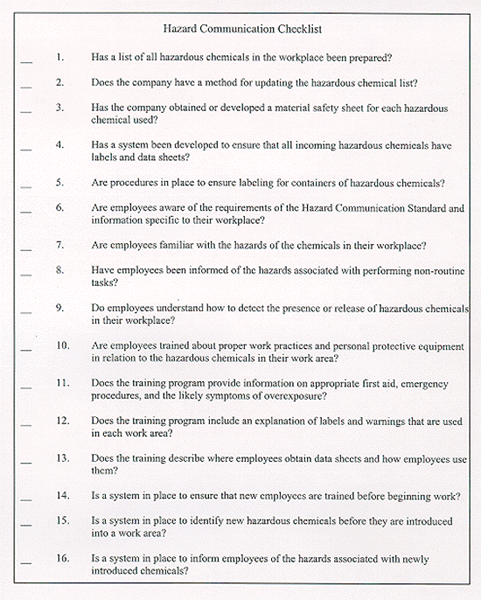
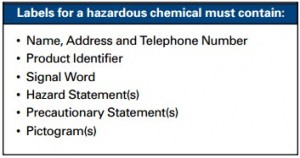
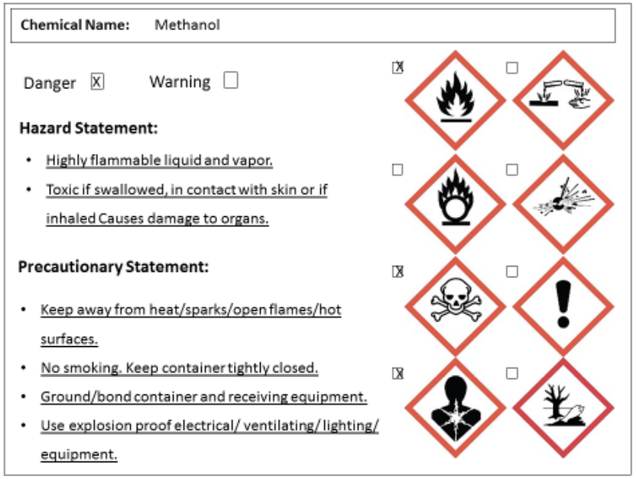
Post a Comment for "45 labels under hazard communication are the same as always"